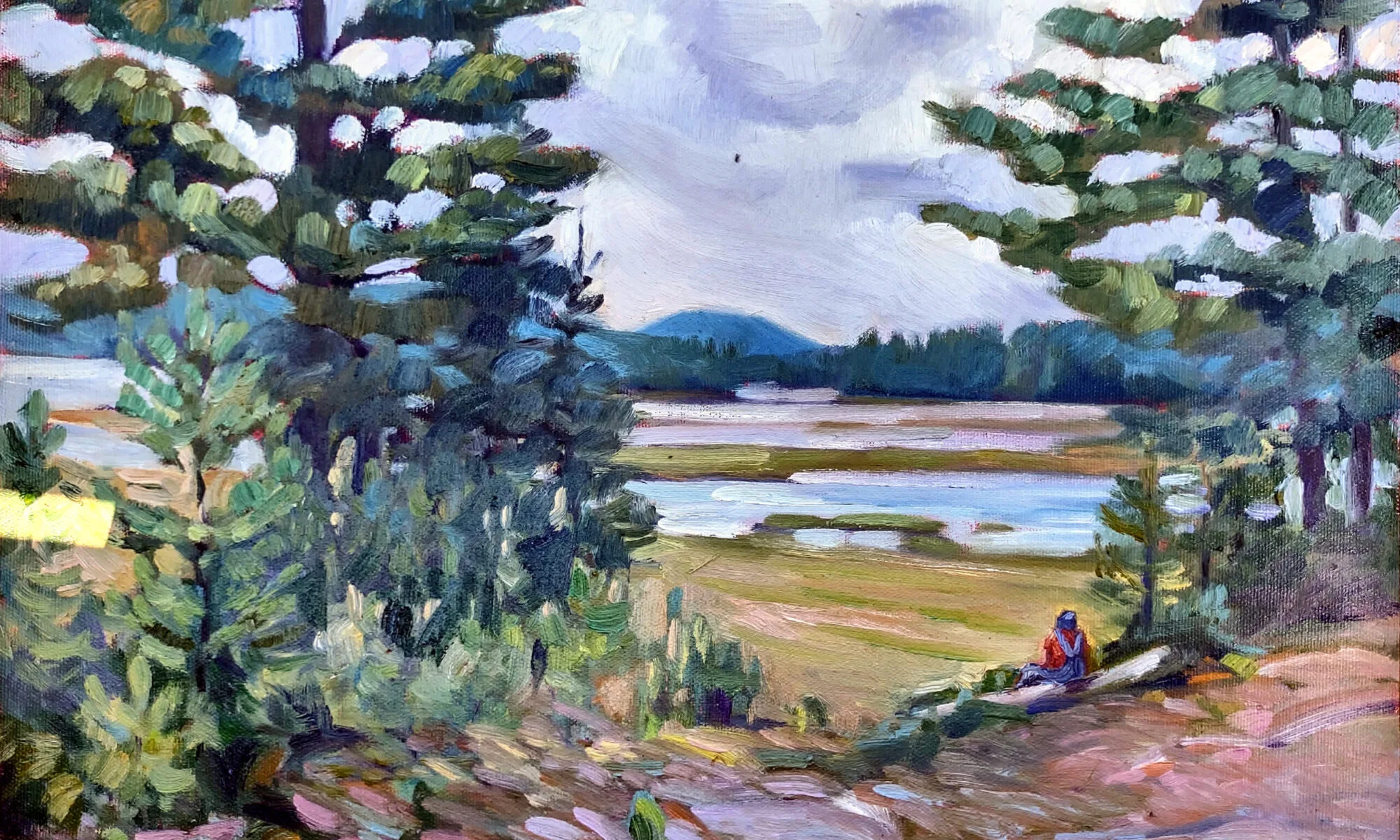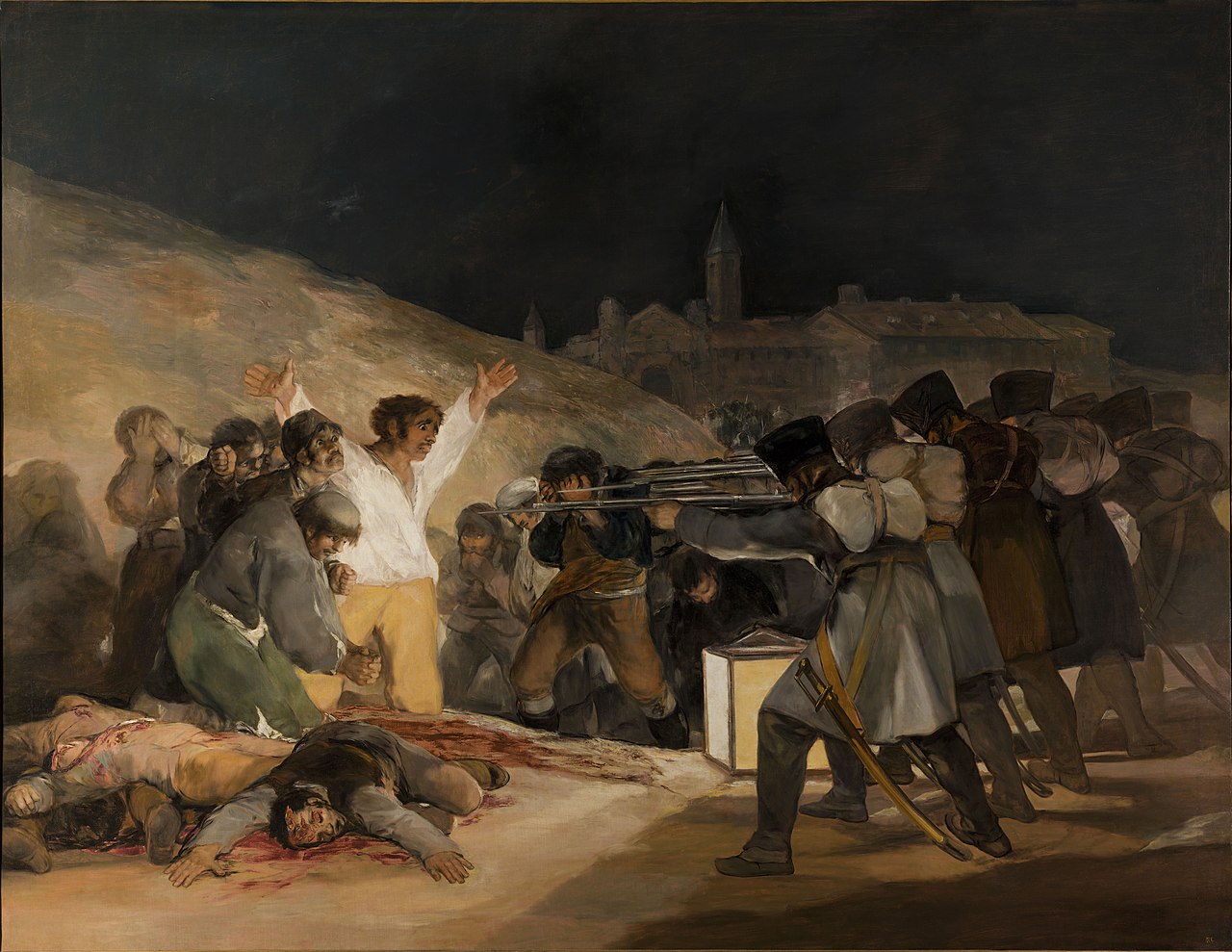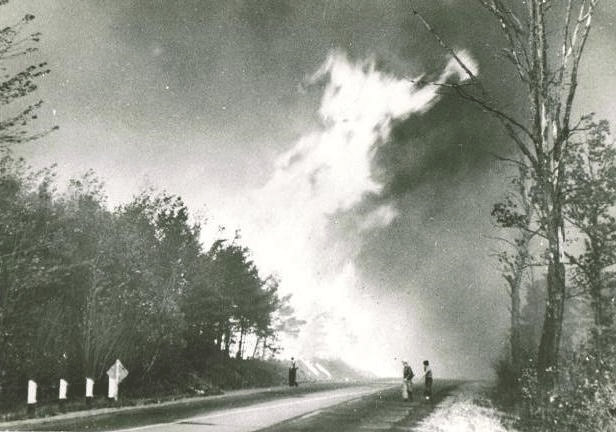
The Great Fire of 1947
For my friend Barb, Maine’s Great Fires of 1947 are not distant history, but part of her family’s story. She’s from Kennebunk and grew up hearing about them from family members who were there.
The wildfires killed 16 people and burned over 200,000 acres statewide. They were centered in two distant places: Mount Desert Island and southern Maine.
1947 started with a sloppy, wet spring, but the rain stopped in July. By early autumn, Maine was perilously dry. State and local officials encouraged citizens to prepare. Fire towers that normally closed in September were reopened.
On October 7, fires started independently in Portland, Bowdoin and Wells. York County was hardest hit. Shapleigh and Waterboro were burned out. The cities of Biddeford and Saco and towns of Alfred, Lyman, Newfield, Kennebunk, Kennebunkport, Arundel, Dayton and Wells sustained significant fire damage, although their downtowns were saved.
Last fall, I was deeply troubled by the dryness of the woods in New York and New England. I told myself, “We never have forest fires here.” How wrong I was.
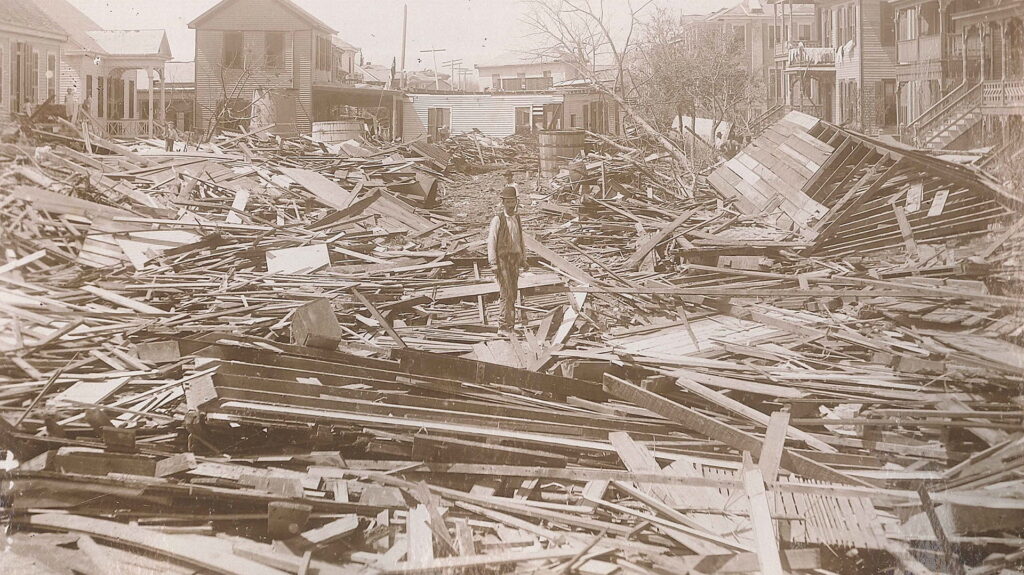
The Great Galveston Hurricane
The 1900 Galveston Hurricane struck the Texas Gulf Coast on September 8, 1900. It destroyed the city of Galveston and claimed between 6,000-12,000 lives.
Back then, tropical storms were tracked and reported by ocean-going vessels. Spotters used weather glasses and natural phenomena like cloud formations to predict the weather. In Cuba, a Jesuit priest named Father Lorenzo Gangoite, reading those signs, figured the hurricane was heading to Texas. Our own nascent Weather Bureau ignored them.
The Saffir–Simpson hurricane wind scale wasn’t invented until the 1970s, but scientists think the hurricane made landfall as a Category 4 hurricane with winds of 135 mph and a storm surge of 15 feet. It washed over the low-lying barrier island.
Galveston rebuilt but never regained its economic dominance That shifted inland to Houston.
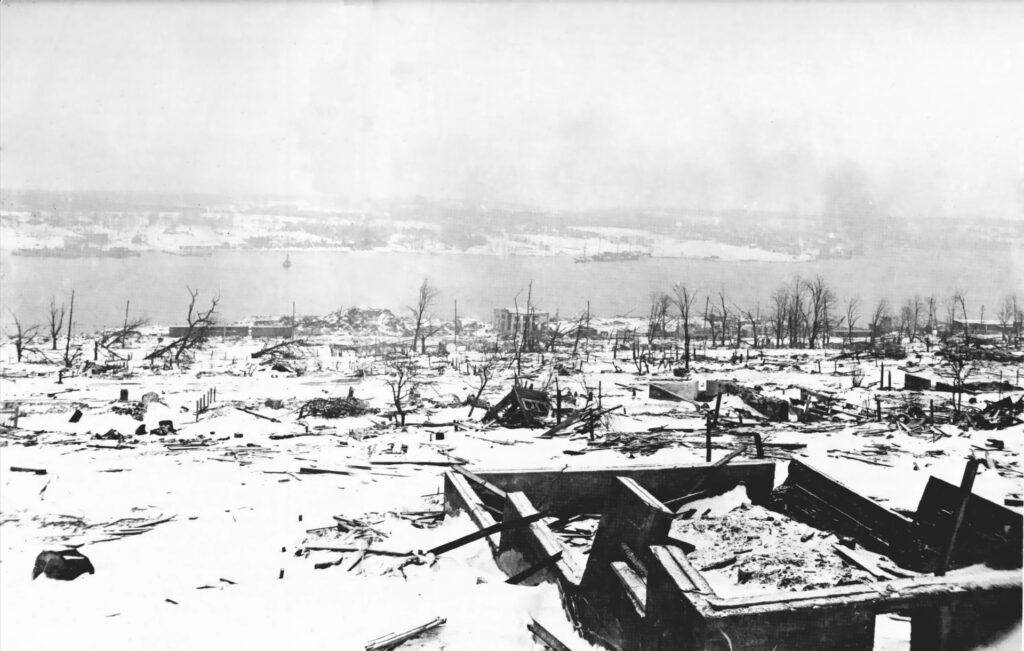
The Great Halifax Explosion
On December 6, 1917, two ships collided in busy Halifax (Nova Scotia) Harbour. The SS Mont-Blanc was a French cargo ship loaded with explosives including TNT, picric acid, and benzol. SS Imo was a Norwegian ship heading to Belgium with relief supplies.
At 9:04 AM, fire broke out on the Mont-Blanc, igniting its cargo. The explosion was about equal to 2.9 kilotons of TNT. It created a pressure wave that leveled much of the surrounding area, shattering windows as far as 80 km (50 miles) away, and lighting fires across the city. A massive fireball rose nearly 2 kilometers (1.2 miles) into the sky. The explosion was so powerful that it created a tsunami.
Over 1,900 people were killed instantly or in the immediate aftermath. About 9,000 more were injured from flying debris, burns, and the collapse of buildings. Thousands were left homeless. Buildings within a 1.6 km (1 mile) radius were obliterated.
Relief poured in from around the world. Boston sent medical personnel, supplies, and emergency equipment to Halifax within hours of the explosion. (To honor this, Nova Scotia sends a Christmas tree to Boston every year.)
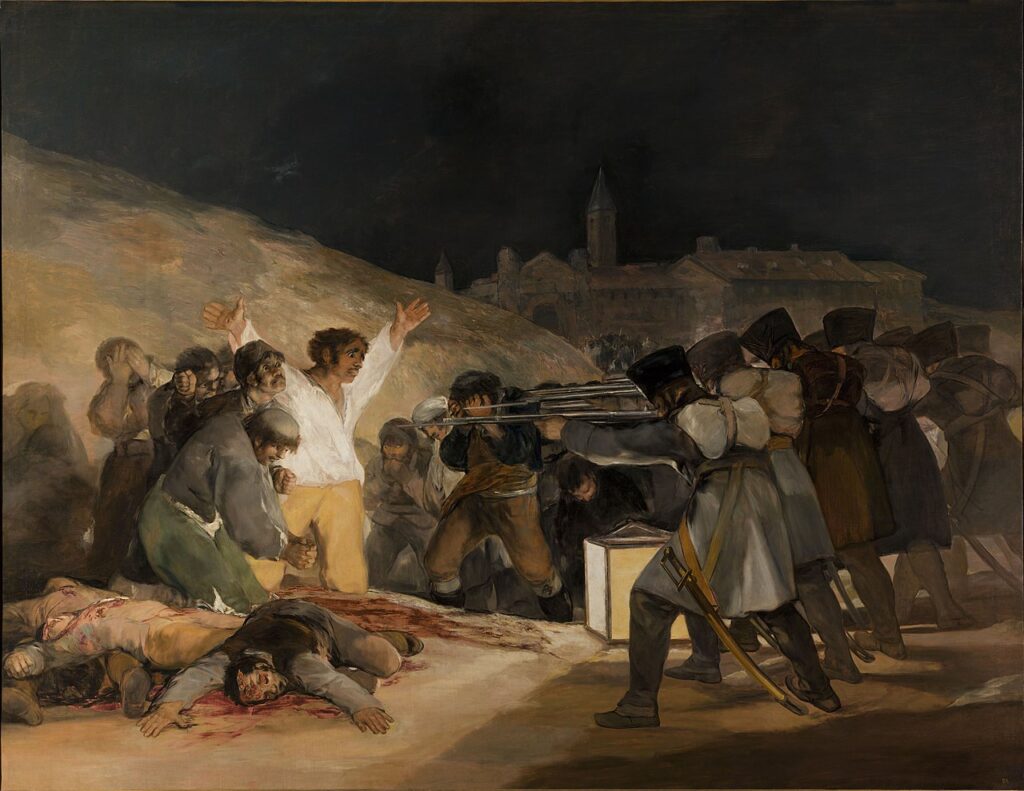
Can an outsider paint human suffering?
The greatest artwork on the subject of human suffering is Francisco Goya’s The Disasters of War, and the paintings that relate to it, starting with The Third of May, 1808. The Peninsular War shattered Goya’s mental and physical health.
Guernica, in comparison, is at an emotional remove. Pablo Picasso painted it while in Paris. No matter how deeply he felt the tragedy, it wasn’t his own human suffering. I think that’s an unbridgeable chasm. And while I wish I could paint what I feel about the current wildfire crisis, I’m still profoundly glad I’m not there.
Reserve your spot now for a workshop in 2025:
- Advanced Plein Air Painting, Rockport, ME, July 7-11, 2025.
- Sea and Sky at Acadia National Park, August 3-8, 2025.
- Find Your Authentic Voice in Plein Air, Berkshires, MA, August 11-15, 2025.
- Immersive In-Person Fall Workshop, Rockport, ME, October 6-10, 2025.
